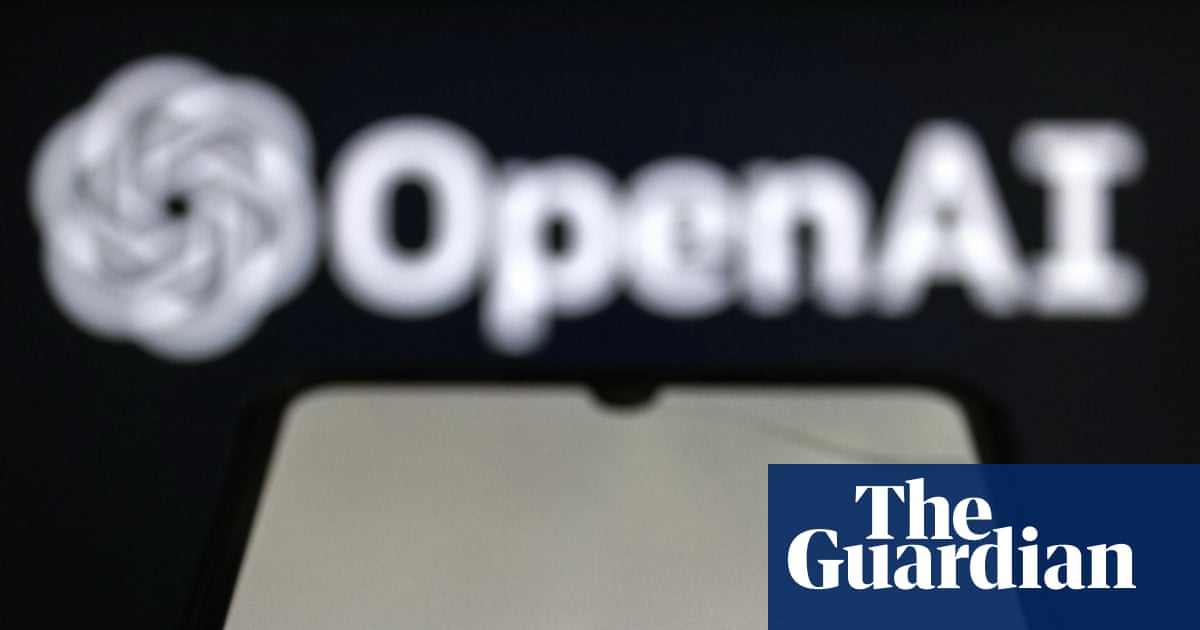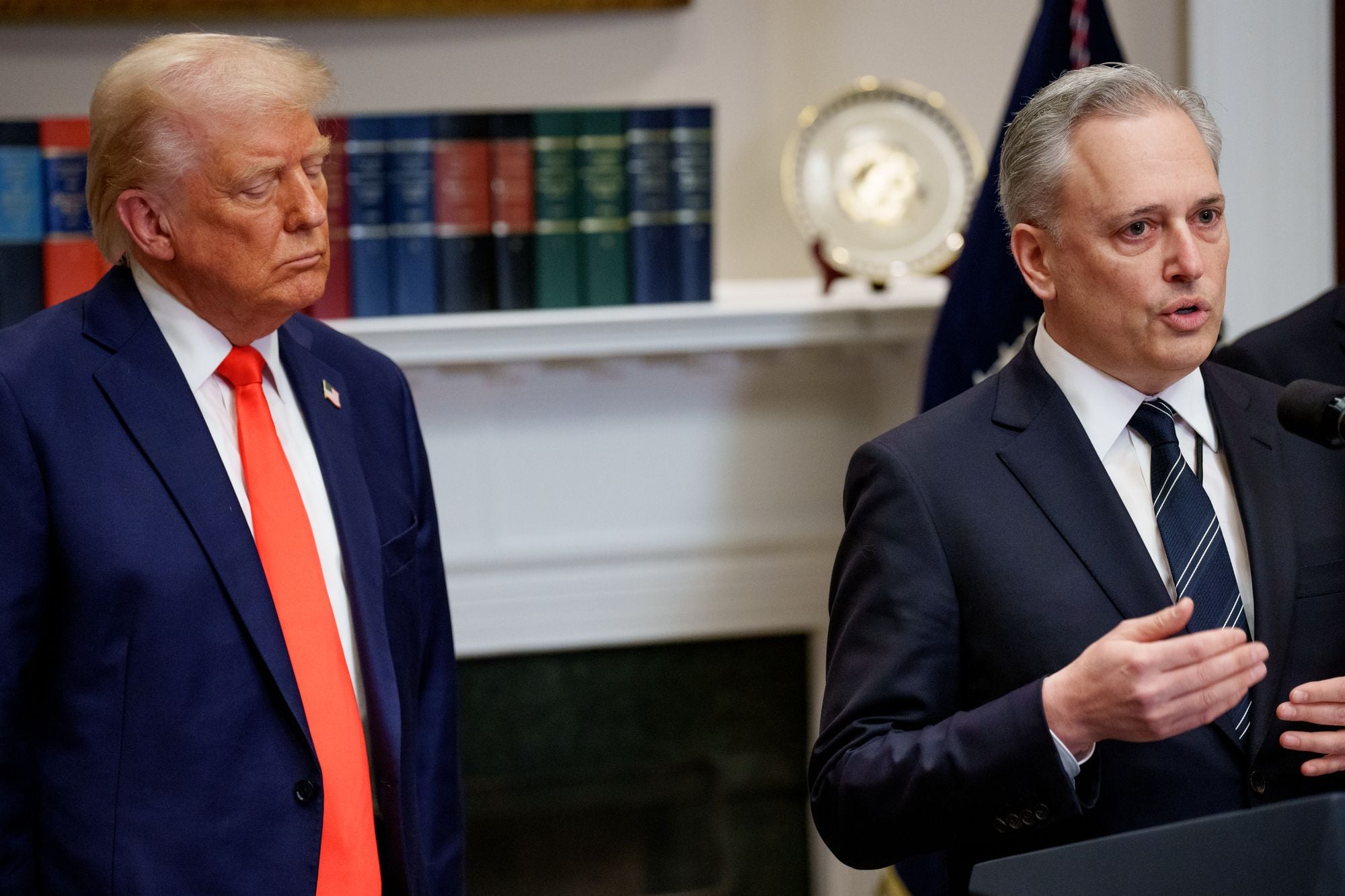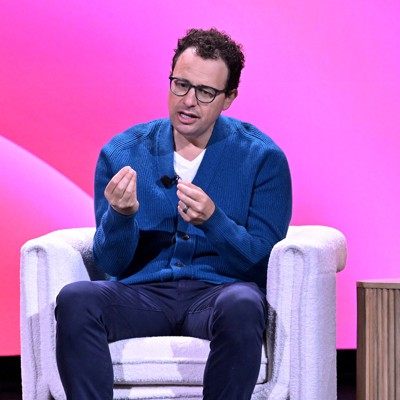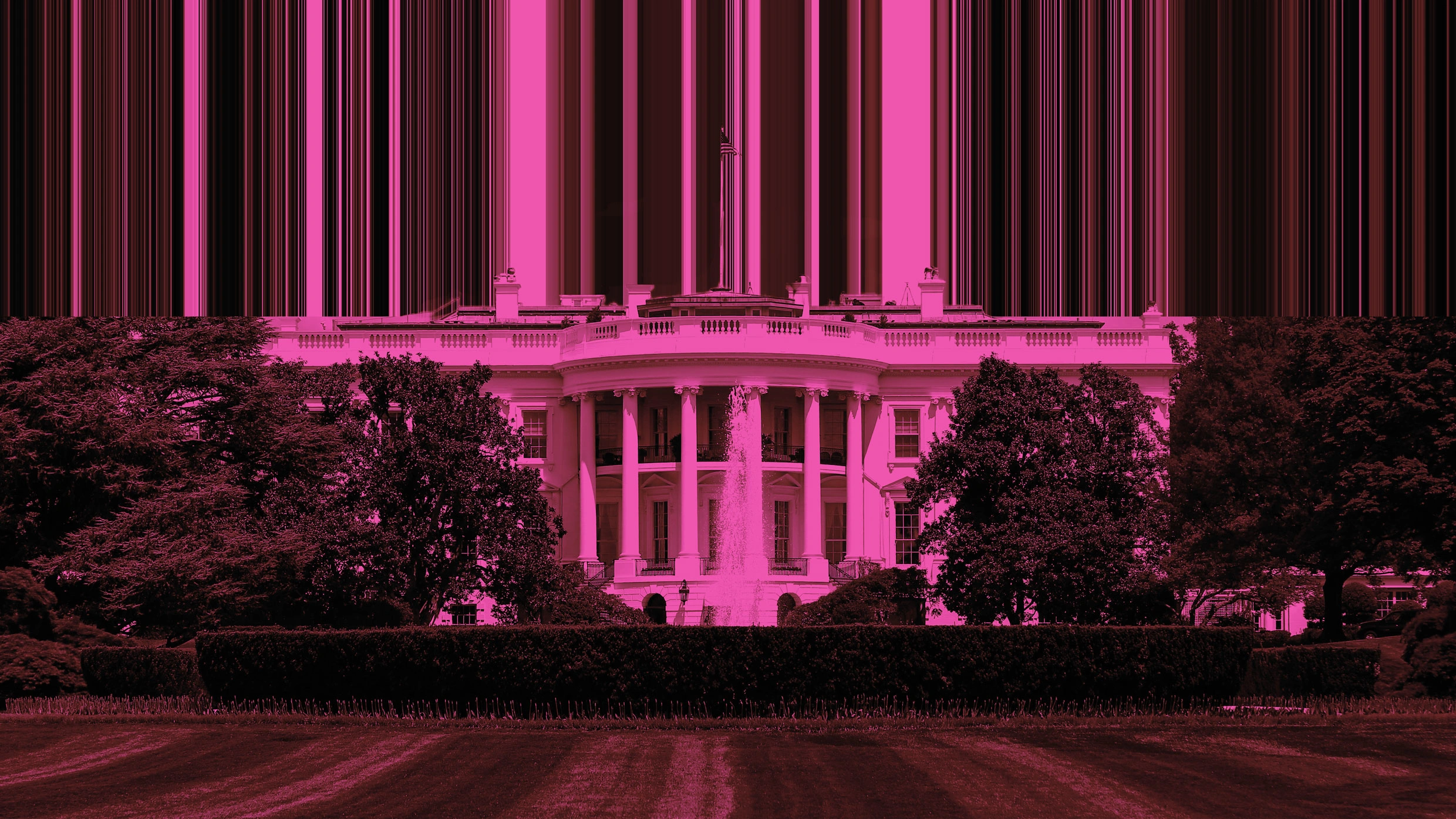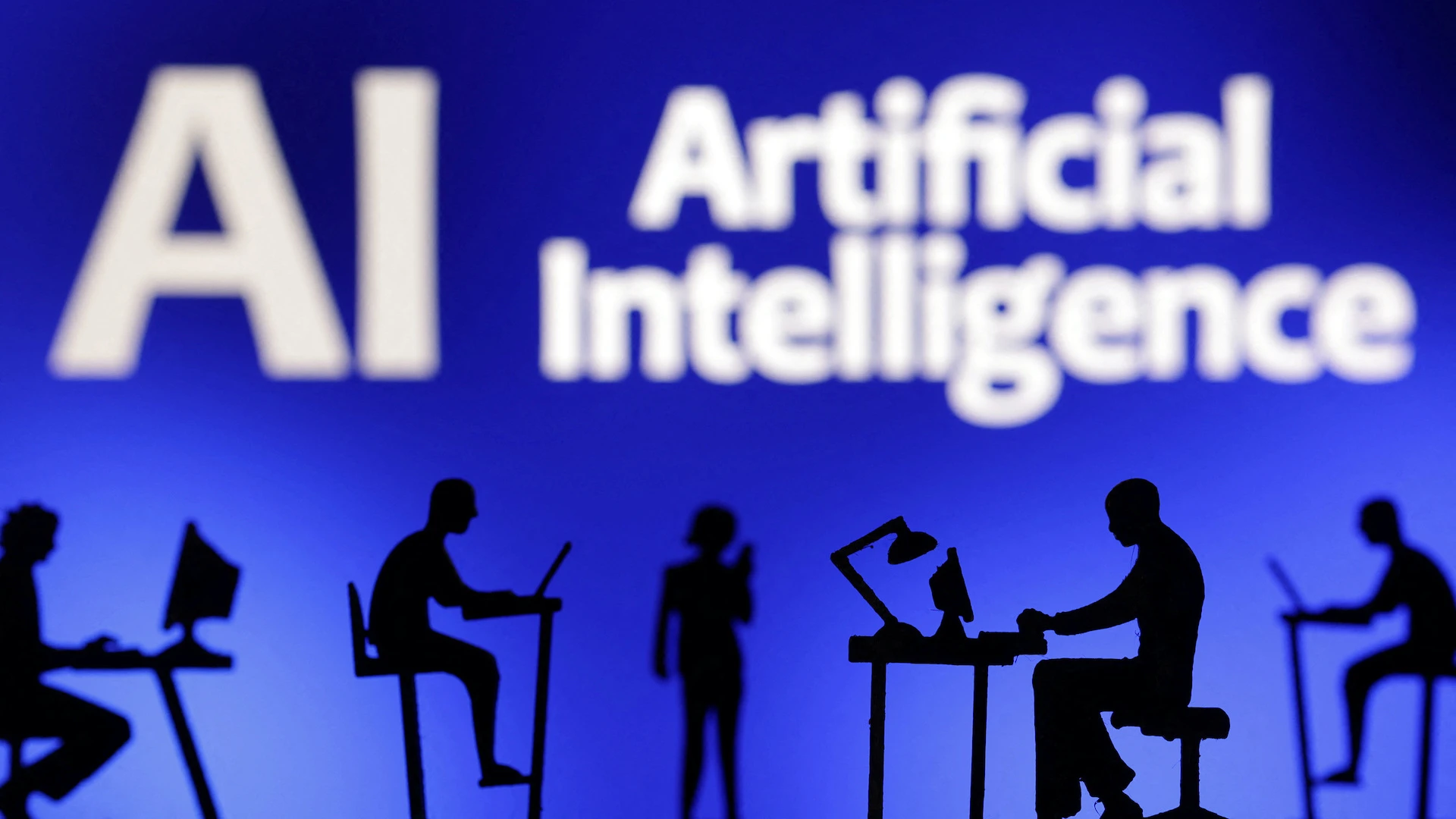#ai-policy
#ai-policy
[ follow ]
#national-security #openai #artificial-intelligence #anthropic #ai-safety #generative-ai #trump-administration
US politics
fromFortune
1 week agoTrump orders 'Genesis Mission' for AI companies to work on scientific breakthroughs with universities, national labs | Fortune
Federal government will partner with tech companies and universities to centralize scientific data and accelerate AI-driven engineering, energy, and national-security discoveries.
fromArs Technica
1 week agoUK government will buy tech to boost AI sector in $130M growth push
"Our particular strengths as a country lie in areas like life sciences, financial services, the defense sector, and the creative sector. And where we will really lead the world is where we can use the power of AI in those sectors," Kendall told the Financial Times. The plans came as part of a wider AI package designed to upgrade Britain's tech infrastructure and convince entrepreneurs and investors that Labour is backing the sector ahead of next week's Budget, which is expected to raise taxes on the wealthy.
UK politics
fromNextgov.com
1 week agoWhite House official, lawmaker call for amplifying US tech policy abroad
It's very concerning what PRC is doing in the world ... and if we let that become dominant, it is a means of control. And that's why I think that our worldview is that of freedom and of prosperity and a personal choice. And so if we allow our models to dominate, then our worldview begins to dominate," Budd said. "And I think that's what's best for humanity. I think that's what's best for the world.
Artificial intelligence
Artificial intelligence
fromFast Company
2 weeks agoAI CEOs are promising all-powerful superintelligence. Government insiders have thoughts
AI promises breakthroughs in medicine, science, and human-level intelligence while governments lag adoption and critics warn of unreliability and threats to democratic values.
Artificial intelligence
fromThe Verge
3 weeks agoSpotify's new audiobook recap feature uses AI to remind you of the story so far
Spotify launched an AI-powered Recaps feature for audiobooks that summarizes previously heard content without rewinding, available on iOS for a limited set of English titles.
Higher education
fromInside Higher Ed | Higher Education News, Events and Jobs
3 weeks agoFaculty Lead AI Usage Conversations on College Campuses
Most college students understand when to use AI for coursework because faculty instruction and syllabus guidance increasingly define appropriate AI practices.
fromTheregister
3 weeks agoSenators want companies to report AI layoffs amid job cuts
"This bipartisan legislation will finally give us a clear picture of AI's impact on the workforce - what jobs are being eliminated, which workers are being retrained, and where new opportunities are emerging," Warner said. "Armed with this information, we can make sure AI drives opportunity instead of leaving workers behind."
US politics
fromNextgov.com
1 month agoHouse Republican questions government stake in tech companies
If you start picking winners and losers because you're invested in certain companies and not in others, it's going to basically shoulder out all the most innovative, small companies from becoming competitive, because we as a government will become protectionist of the businesses that we have ownership in
US politics
fromAxios
1 month agoAI experts push to pause superintelligence
AI "doomers" have lost their foothold with U.S. policymakers. But they're still trying to be heard, and are highly involved in global AI policy debates. Driving the news: The call to action, organized by the Future of Life Institute, has more than 800 signatures from a diverse group, including: AI pioneers Yoshua Bengio and Geoffrey Hinton, Apple co-founder Steve Wozniak, Sir Richard Branson, Steve Bannon, Susan Rice, will.i.am and Joseph Gordon-Levitt.
Artificial intelligence
fromBusiness Insider
1 month agoOpenAI is limiting deepfakes on Sora after pressure from Bryan Cranston and Hollywood groups
OpenAI is working with actor Bryan Cranston and other Hollywood groups to limit deepfakes made with its Sora 2 video app, the company said Monday in a joint statement. The "Breaking Bad" actor voiced concerns to SAG-AFTRA after his voice and likeness were replicated in the video generator, following its invite-only launch this fall. "I was deeply concerned not just for myself, but for all performers whose work and identity can be misused in this way," Cranston said in the statement.
Artificial intelligence
fromGameSpot
1 month agoJapanese Government Makes Formal Request For OpenAI To Stop Copyright Infringement
At a Cabinet Office press conference, Minister of State for IP and AI Strategy Minoru Kiuchi emphasized that anime and manga are "irreplaceable treasures" representing Japan's cultural pride (via IGN). The government urged OpenAI to respect Japanese copyrights and avoid misuse of its technology. Digital Minister Masaaki Taira echoed this sentiment, suggesting that if OpenAI doesn't voluntarily comply, Japan could invoke provisions under the AI Promotion Act--legislation that promotes AI development while also addressing risks such as copyright violations.
Intellectual property law
fromBusiness Insider
1 month agoI'm the president of Signal. I love dance music in the mornings, night yoga, and acting like a tourist - here's a day in my life.
In July 2006, I accepted a job offer at Google that brought me into tech after an arts and humanities education. I climbed the ladder at Google to found Google's Open Research Group, working on issues related to measurement, privacy, and AI. In 2016, I cofounded the AI Now Research Institute at NYU, the first university-based research institute to examine broader social and political economic considerations surrounding AI.
Artificial intelligence
fromwww.theguardian.com
1 month agoTony Blair and Nick Clegg hosted dinner giving tech bosses access to UK minister
Tony Blair and Nick Clegg hosted a private dinner earlier this year at which a select group of technology entrepreneurs were given access to a key minister, official documents have revealed. The former prime minister, who is a champion of the tech industry, held the dinner in an upmarket London hotel in his capacity as the head of the Tony Blair Institute (TBI) political consultancy.
UK politics
fromFortune
2 months agoAI models are getting very good at professional tasks, new OpenAI research shows | Fortune
Google CEO Sundar Pichai was right when he said that while AI companies aspire to create AGI (artificial general intelligence), what we have right now is more like AJI-artificial jagged intelligence. What Pichai meant by this is that today's AI is brilliant at some things, including some tasks that even human experts find difficult, while also performing poorly at some tasks that a human would find relatively easy.
Artificial intelligence
fromLos Angeles Times
2 months agoNewsom signs AI transparency bill prioritizing safety
Gov. Gavin Newsom signed a bill Monday that will create new transparency measures for large AI companies, including public disclosure of security protocols and reports of critical safety incidents. Sen. Scott Wiener (D-San Francisco) said Senate Bill 53 will create "commonsense guardrails" to ensure groundbreaking innovations don't sacrifice safety and transparency amid the rapid growth of AI technologies.
Artificial intelligence
Artificial intelligence
fromConsequence
2 months agoSpotify Cracks Down on AI, Removing 75 Million Tracks and Targeting Voice Clones
Spotify removed over 75 million spammy tracks and tightened policies against AI impersonation, spam uploads, and introduced AI-use disclosures to protect artists and listeners.
fromFuturism
2 months agoTrump's Biggest Fans Furious at His Embrace of AI
"I have many concerns about the AI Executive Order signed yesterday by President Trump," Taylor Greene wrote on X-formerly-Twitter, the day after Trump's " Preventing Woke AI in the Federal Government" executive order. "My deep concerns are that the EO [executive order] demands rapid AI expansion with little to no guardrails and breaks," the Georgia representative continued. "This needs a careful and wise approach. The AI EO takes the opposite."
US politics
fromAxios
2 months agoExclusive: Anthropic plans massive expansion into D.C.
There will be lots of questions about how AI is actually changing the labor market. The lesson over and over again has been AI arrives, it becomes such a big deal, but it changes all of the industries it touches,
Artificial intelligence
fromWIRED
2 months agoMelania Trump's AI Era Is Upon Us
It's unclear how Melania's initiative will follow her goals of protecting children from the harms of AI or equipping them for a workforce shaped by the technology. However, my source in the industry tells me the first lady's involvement is expected to lead to "big commitments from a bunch of these companies" beyond the multibillion-dollar investment figures they've already promised the Trump administration.
US politics
fromNextgov.com
2 months agoDraft bill from Ted Cruz would establish a federal AI sandbox in OSTP
In documents reviewed by Nextgov/FCW, the proposed regulatory sandbox program created within OSTP would allow participating AI companies to receive temporary exemption from external AI regulations. These temporary waivers would be available for "one or more covered provisions of an applicable agency in order to test, experiment, or temporarily provide to consumers artificial intelligence products or services or artificial intelligence development methods on a limited basis without being subject to the enforcement, licensing, or authorization requirements of such covered provisions."
US politics
fromWashingtonian - The website that Washington lives by.
2 months agoMeet DC's 2025 Tech Titans - Washingtonian
Washington's tech landscape has been reshaped by a whirlwind of political change, regulatory reversals, and an AI gold rush. President Trump's takeover of the Federal Trade Commission is seeking to combat "tech censorship," while the Defense Department's $1.8 billion AI investment has contractors racing to capitalize on the government's artificial-intelligence ambitions-even as some industry giants face federal scrutiny. The AI industry has been busy lobbying Congress to set an innovation-first agenda, with lighter regulations versus restrictive oversight. But some company heads are calling for guardrails.
US politics
fromFortune
2 months agoMeet all 33 Silicon Valley power players at Trump's high-profile tech dinner - and Elon Musk's explanation for why he wasn't there
President Donald Trump convened some of Silicon Valley's most influential figures Thursday evening at the White House, hosting a high-profile dinner that underscored the tech industry's evolving relationship with his administration. The gathering in the newly renovated Rose Garden brought together 33 attendees, including CEOs from major technology companies, venture capitalists, and administration officials. With 13 billionaires in attendance and many others worth millions of dollars, the event was easily one of the wealthiest gatherings in the history of the White House.
Silicon Valley
Privacy professionals
fromElectronic Frontier Foundation
3 months agoThis Censorship Law Turns Parents Into Content Cops | EFFector 37.11
Wyoming's new age verification law undermines free speech while surveillance transparency victories, attacks on 'woke AI', and human rights rulings shape the digital rights landscape.
fromTruthout
3 months agoTrump's Federal Guidelines for AI May Turbocharge Climate Denial and Racist Bias
Picture this: You ask an AI to show you images of judges, and it depicts only 3 percent as women - even though 34 percent of federal judges are women. Or imagine an AI that's more likely to recommend harsh criminal sentences for people who use expressions rooted in Black vernacular cultures. Now imagine that same AI instructed to ignore climate impacts or treating Russian propaganda as credible information.
US politics
fromFortune
3 months agoRecap: An AI super PAC, tech earnings, and Taylor Swift
Midterm watch... The Wall Street Journal reported that Andreessen Horowitz and OpenAI's Greg Brockman are among those who've helped launch a new super PAC network, called Leading the Future. The focus, of course, is AI. Ultimately, this isn't a surprise-on one hand, the $100 million already mobilized to shape AI policy and regulation feels like a lot, but that number absolutely dwarfs the billions a16z manages and that OpenAI has raised.
Artificial intelligence
fromNieman Lab
3 months agoSignal Ohio joins wave of nonprofit newsroom unionization
"As the organization grows, we are unionizing across newsrooms and teams to ensure our mission and vision align with employees' realities," the Signal Ohio News Workers Guild wrote in a statement signed by 15 union-eligible staffers. The journalists said their priorities for unionization include "transparent, equitable and sustainable pay," including cost-of-living raises; hiring practices that reflect Signal's "founding ethos of being accountable to our communities"; professional development; and a say in newsroom policies, including the use of artificial intelligence.
Media industry
Artificial intelligence
fromFast Company
3 months agoAI is already shaping the future. So why do so few of us get to decide what that future will be?
U.S. policy prioritizes AI speed and geopolitical dominance by reducing oversight, while Europe emphasizes risk-based regulation and guardrails before scaling.
fromBusiness Insider
4 months agoAnthropic wouldn't let job applicants use AI. After my report, they now do.
Anthropic now permits job applicants to utilize AI for enhancing their submissions, aiming to balance AI proficiency with authentic human skill evaluation. Candidates can collaborate with AI to refine résumés, cover letters, and interview preparations.
Digital life
[ Load more ]

